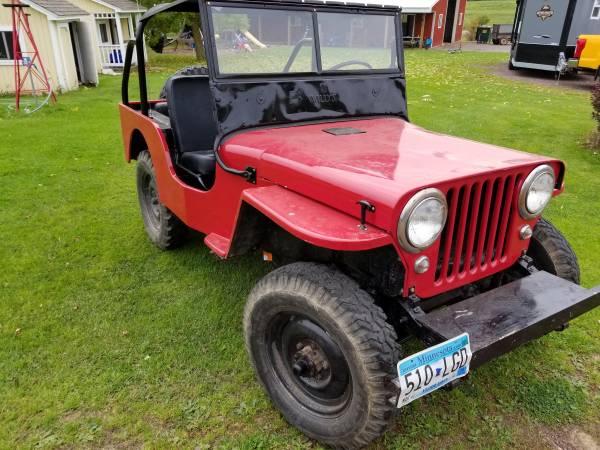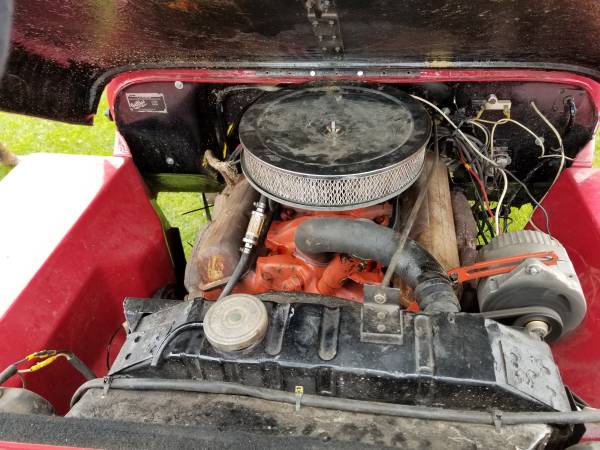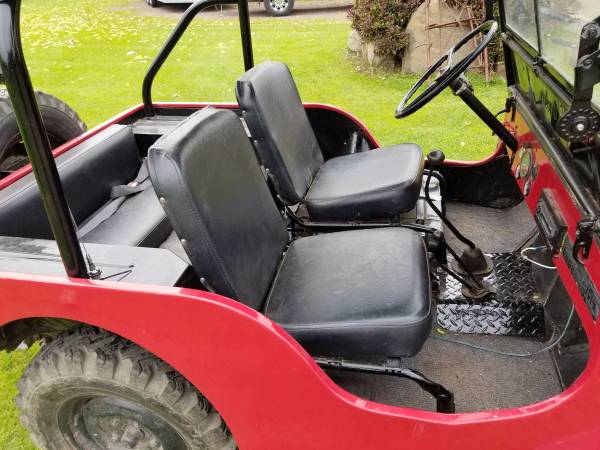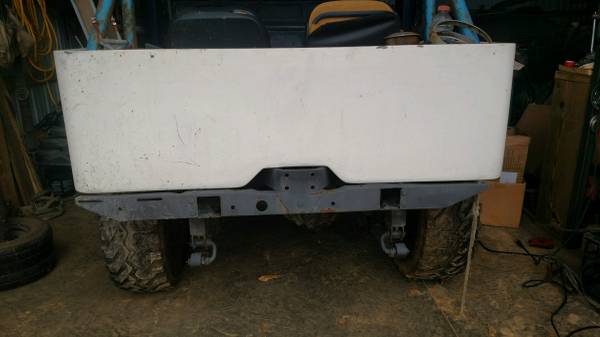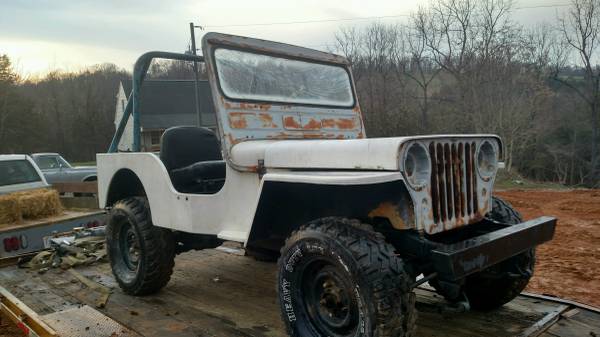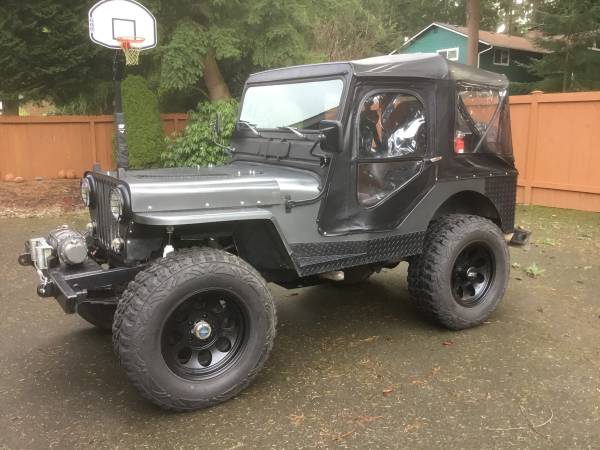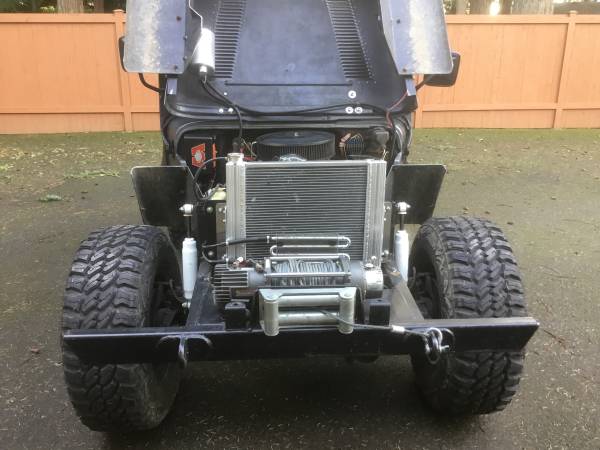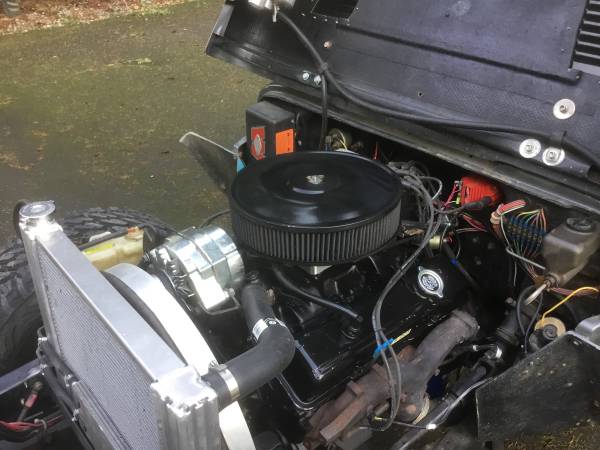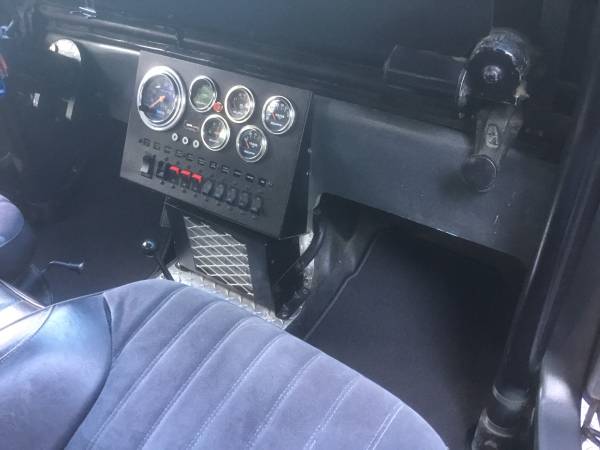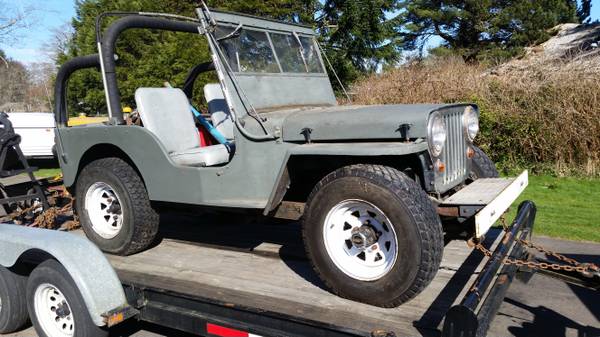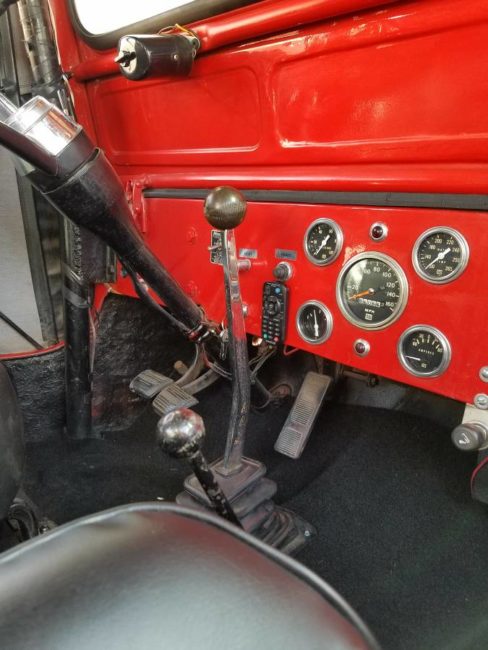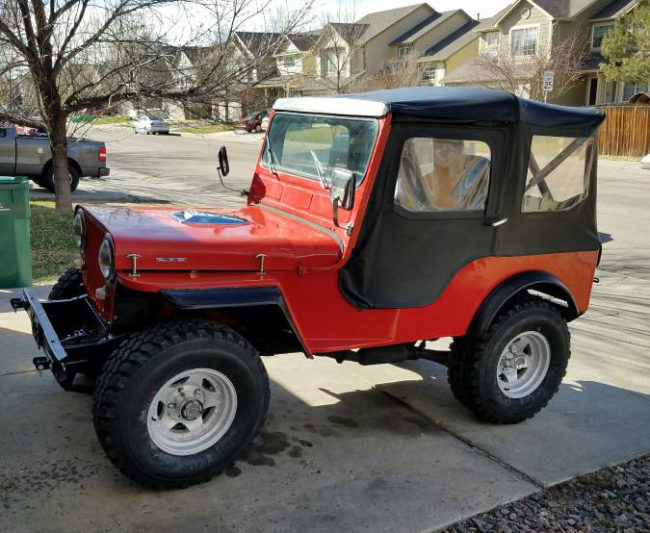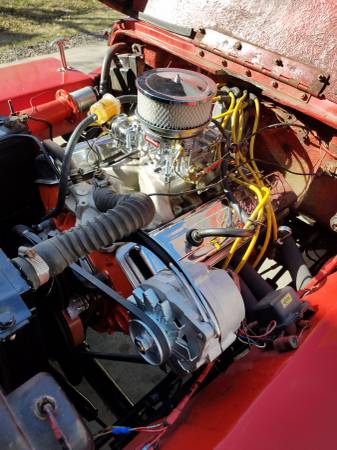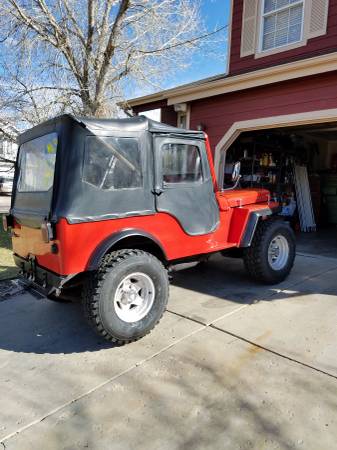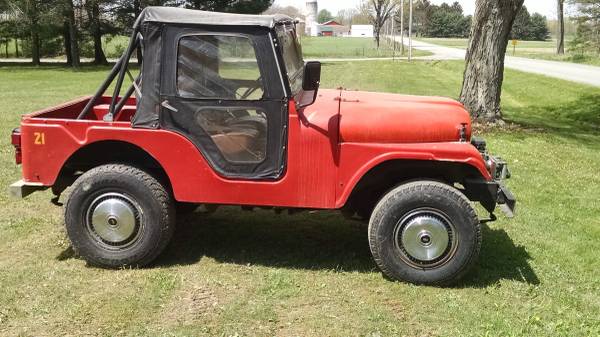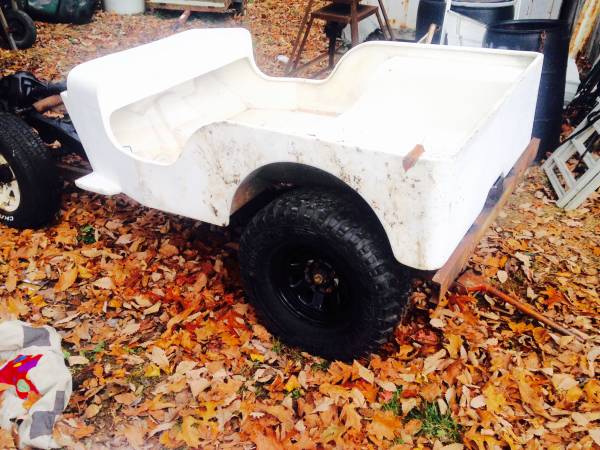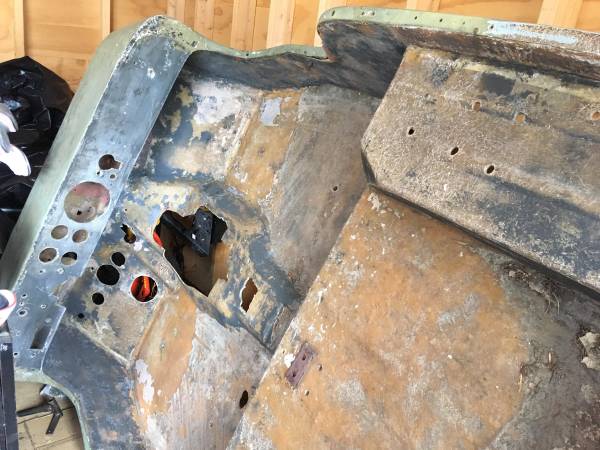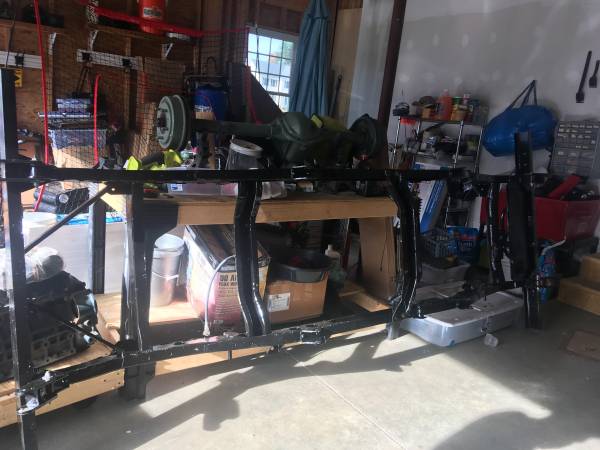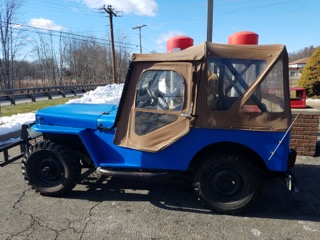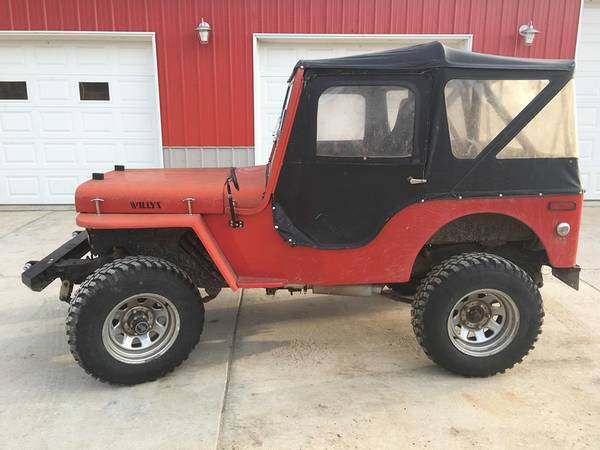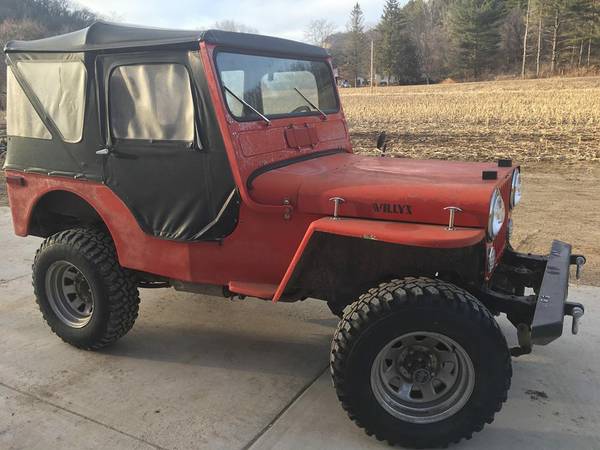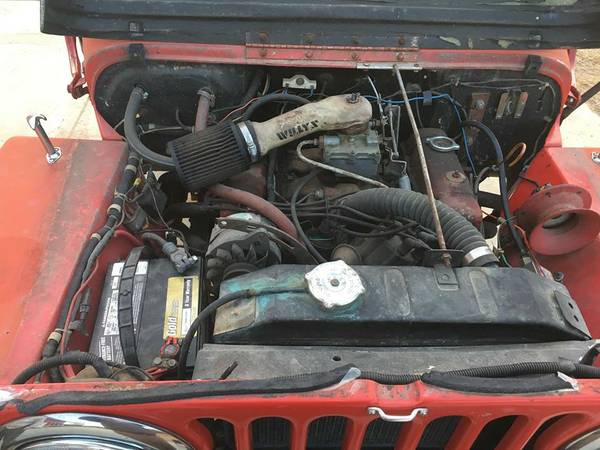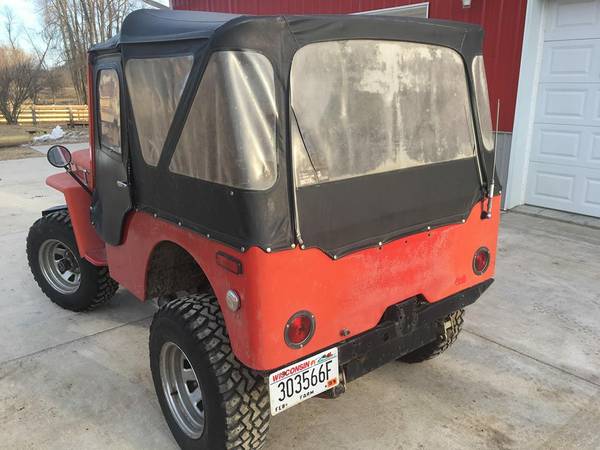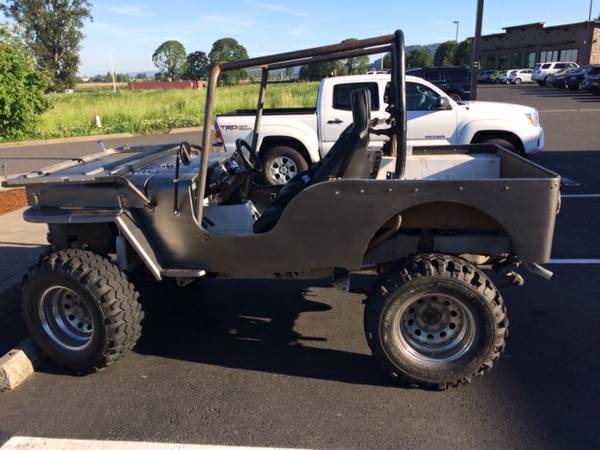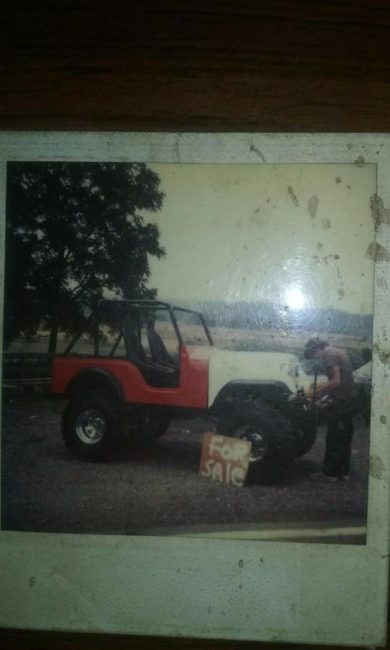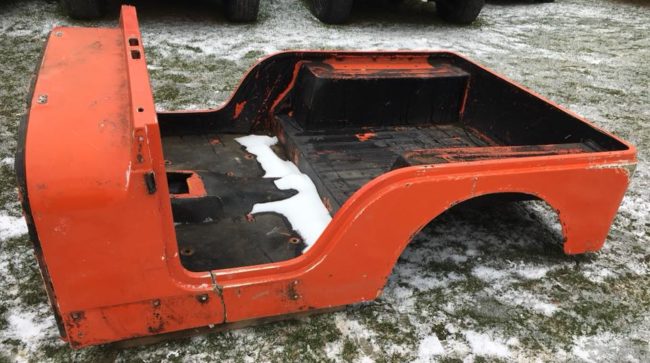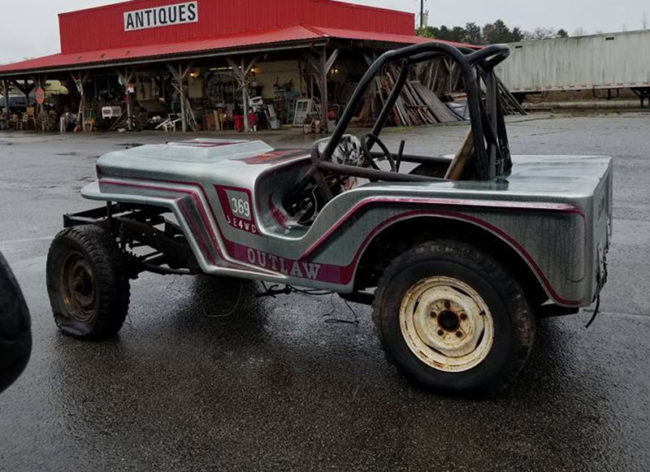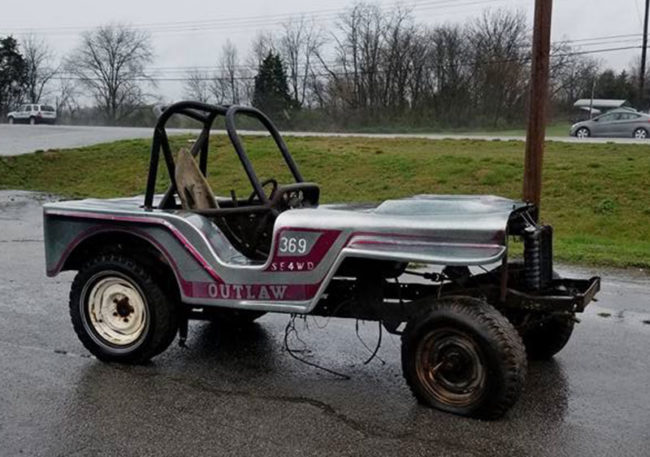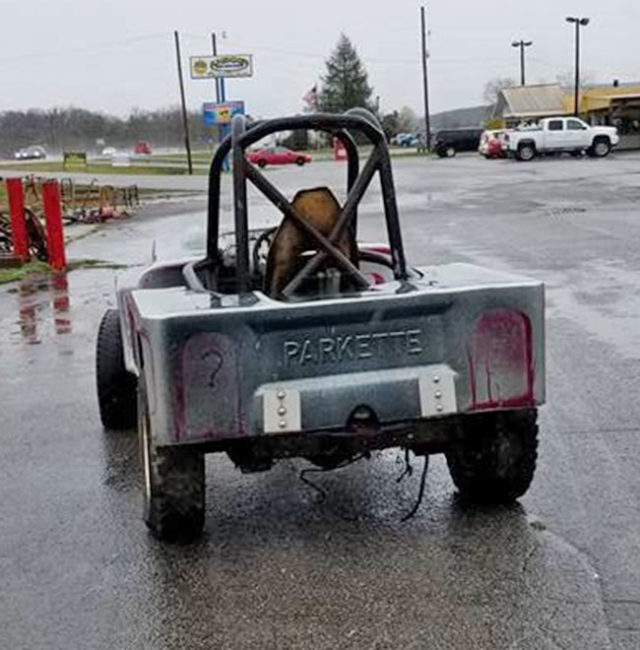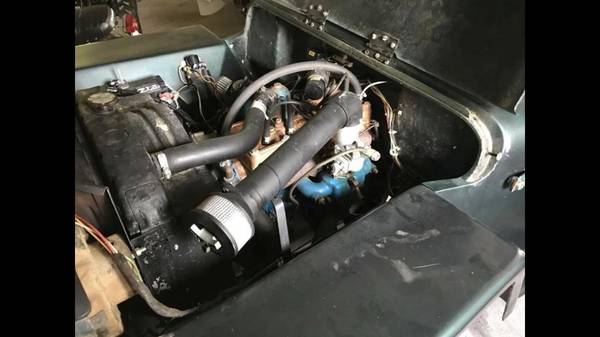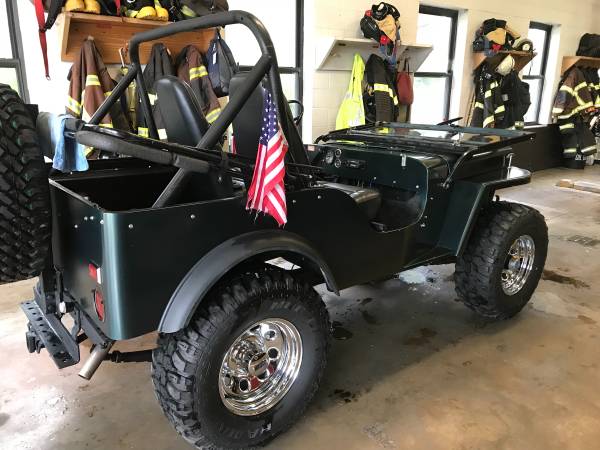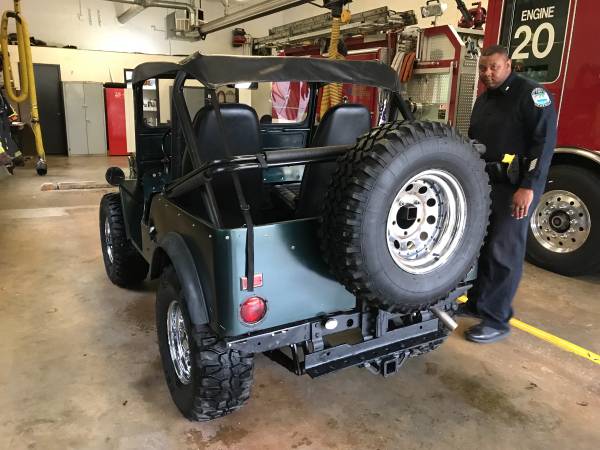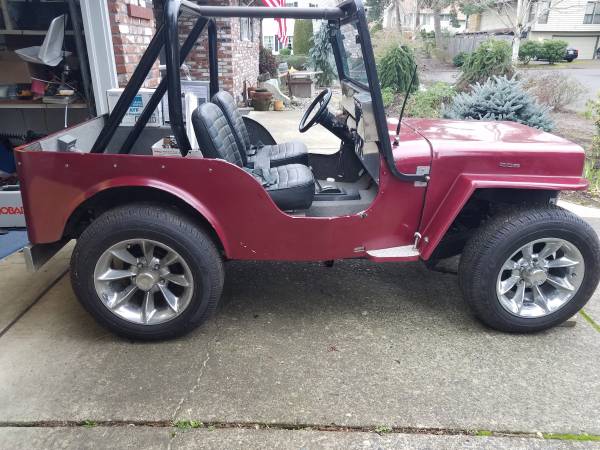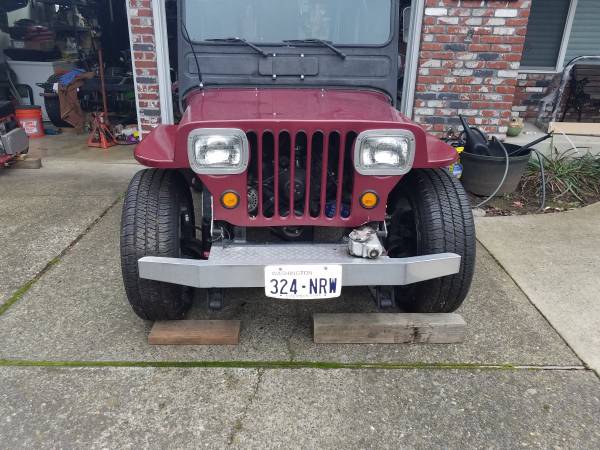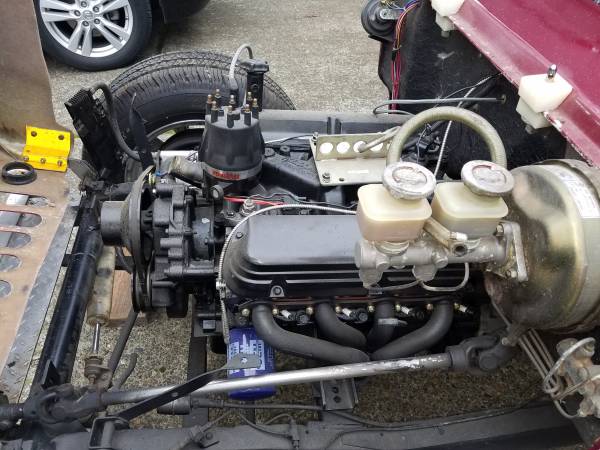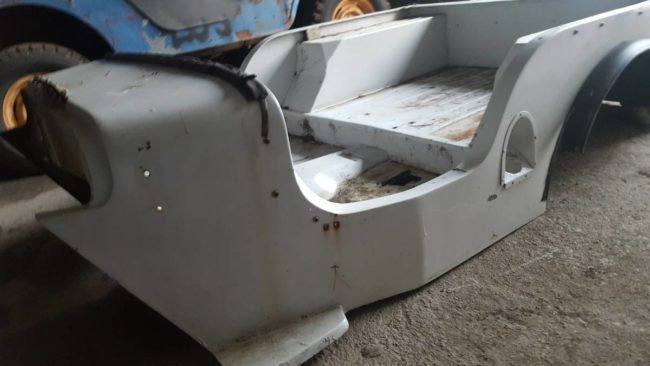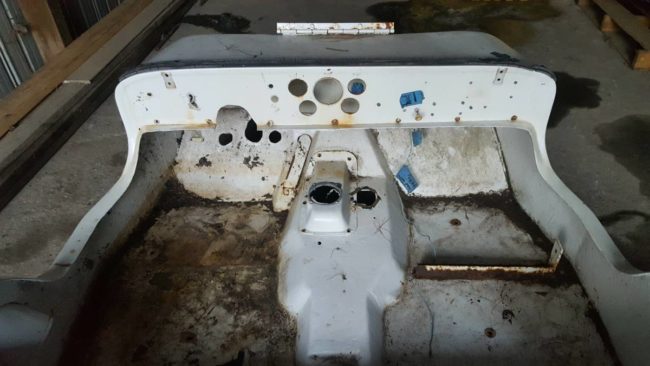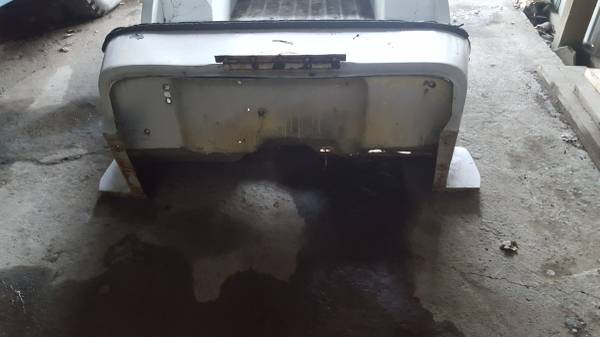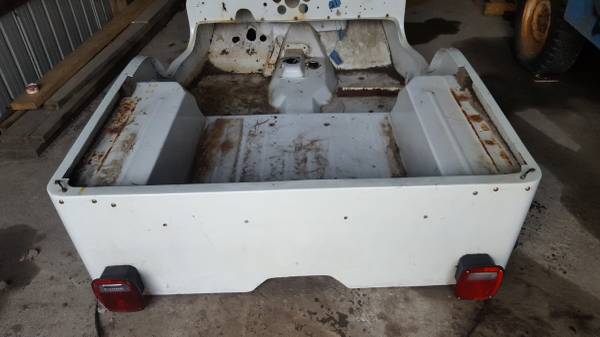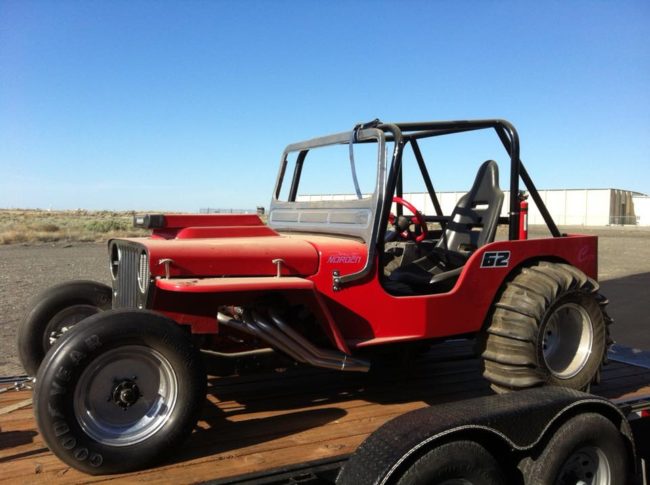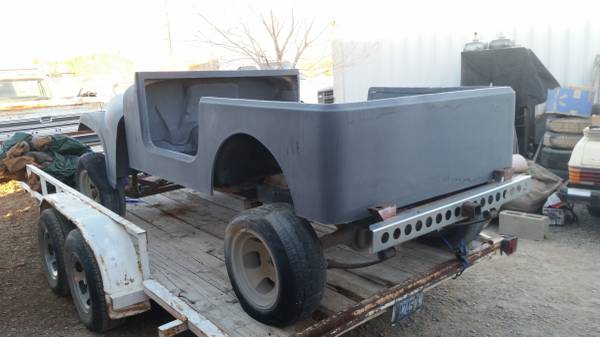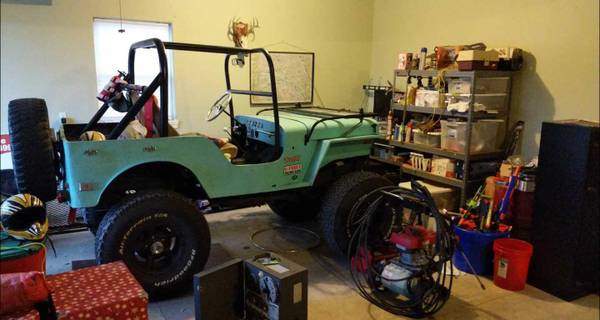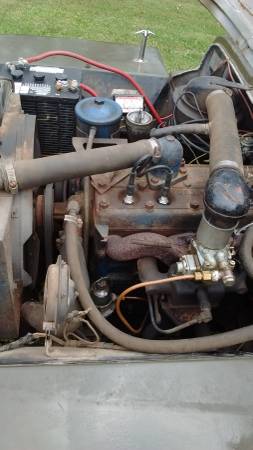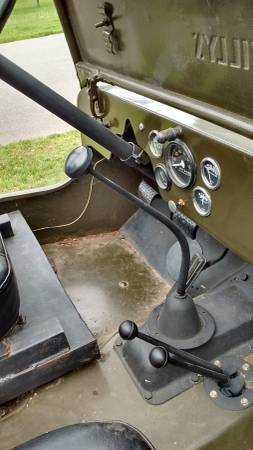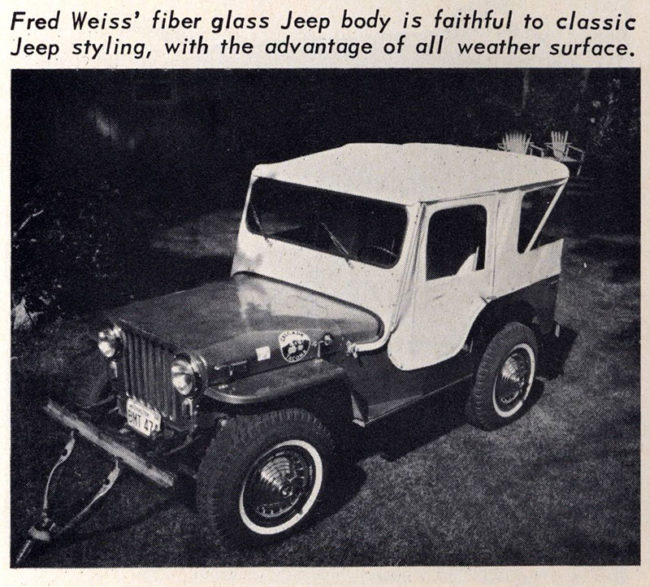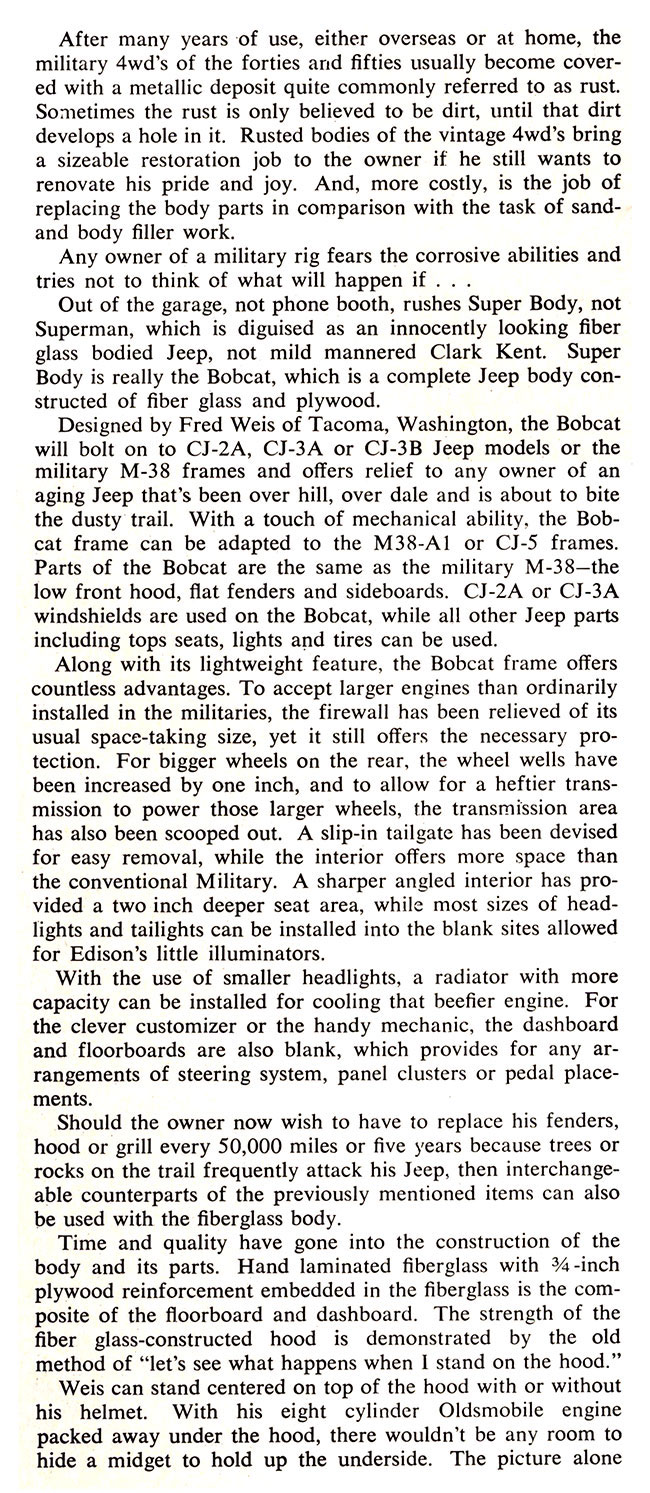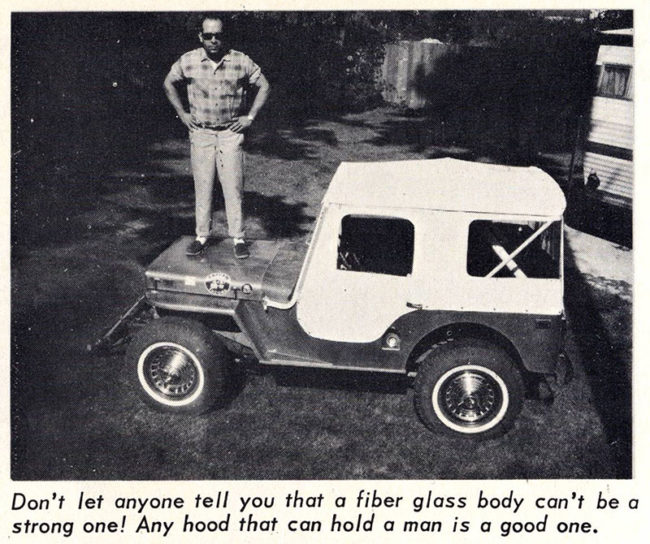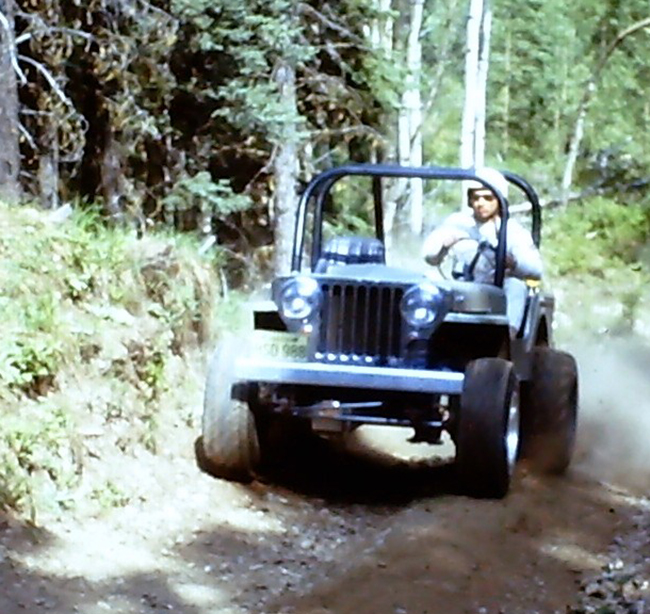
Paul Parker, maker of the Parkette bodies, racing up a hill climb in Calgary in the summer of 1970. Photo courtesy of Ed Bray.
This is a companion article for the Fred Weis and Bobcat Body post. Much of this history is built from conversations, emails and comments on eWillys. I welcome corrections and additions.
In the late 1960s Fred Weis, who I understand ran a fiberglass products company, experimented with a fiberglass jeep design until he found one he liked. At the time he had been jeeping and jeep racing for a decade as part of the Cascade 4×4 Jeep Club. His first complete body was completed in 1969. By 1970, he was ready to produce them for resale. Fred’s bodies were built to be rugged, using fiberglass and wood.
The body was not intended to be an exact replica of the original body; instead, it met the needs outlined by Fred, who styled them (i would guess) to make them a little cooler. For example, the side steps reached the length of the body bend. The rim around the body edge was wider. The dash came with no holes. At some point, the body could be purchased with or without a tailgate and with or without a floor.
Fred also came up with two custom fiberglass raised hoods that provided more room in the engine compartment. One was a teardrop design (few were made) and the other was highly recognizable.
Long time jeeper Paul Parker decided to get into the fiberglass body business about the same time as Fred, so according to Ed Bray, Paul joked about buying Fred’s bodies, adding a side stripe, and calling them Parkettes. Another source told me that Paul did indeed do this, which led to a falling out to some degree between Fred and Paul.
Paul, who had been in the jeep parts business with his brother in Georgia before moving to the Tacoma area, began to build his own Parkette fiberglass tubs out of molds he built. They were very similar to Fred’s body. The biggest difference was that Paul’s jeep included a side stripe, similar to a hockey stick, that was designed to make the body side more rigid and set it apart from Fred’s body. Besides the side stripe, the body of the Parkette was better designed to fit the curve of the CJ-3A windshield. Fred’s body did not support the windshield well at all (I know this from personal experience with my Bobcat body).
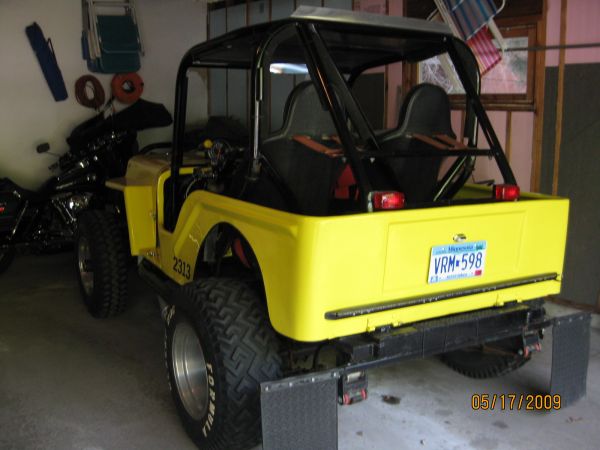
You can see the Parkette stripe “hockey stick” on the side of the body. This was likely just a racing shell, given the lack of a tailgate.
A family friend ran into the windshield issue as well. Jim Carter bought a Bobcat body in the early 70s. The body arrived rough. The Carter’s sanded and primered the body, but when it came time to mount the windshield, Jim discovered it didn’t fit. He was angry. Many phone calls ensued. Next, Jim turned to Paul Parker, eventually buying a Parkette body. Jim, Pattie, and their two boys raced, trailed and streeted the jeep for years.
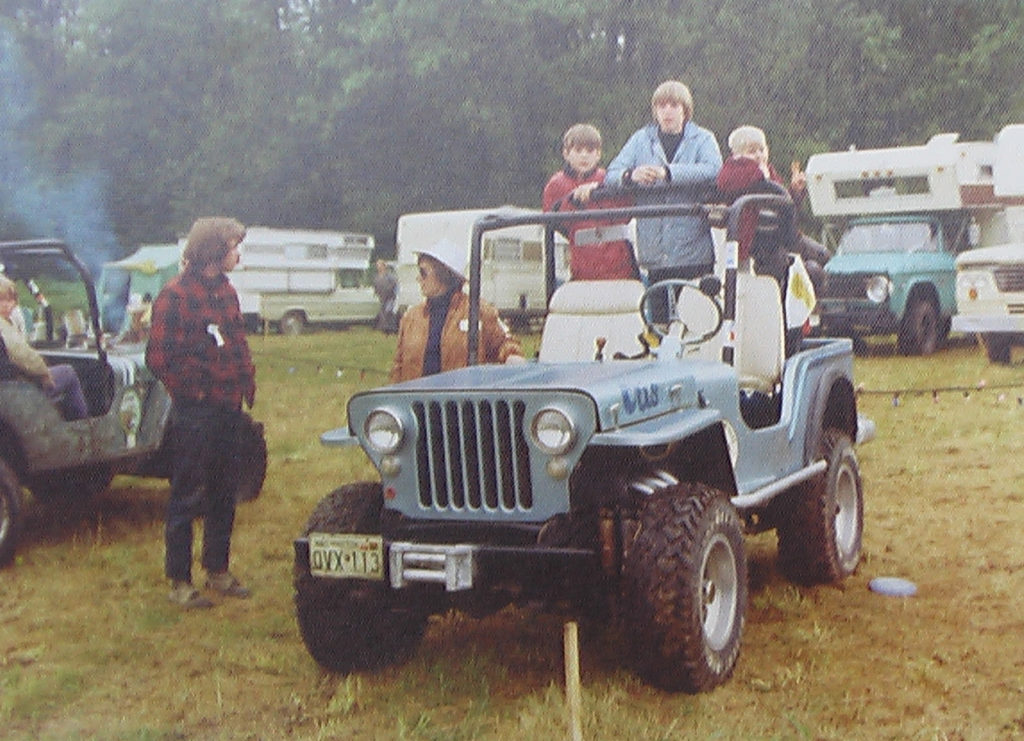
Early 70s photo of the Carter family’s “Otis” not long after the new Parkette body was installed.
At some point, Fred passed the business and molds on to someone else. The Bobcat molds were divided into at least two groups. I have some of the molds. I hope some day to make my own Parkette body.
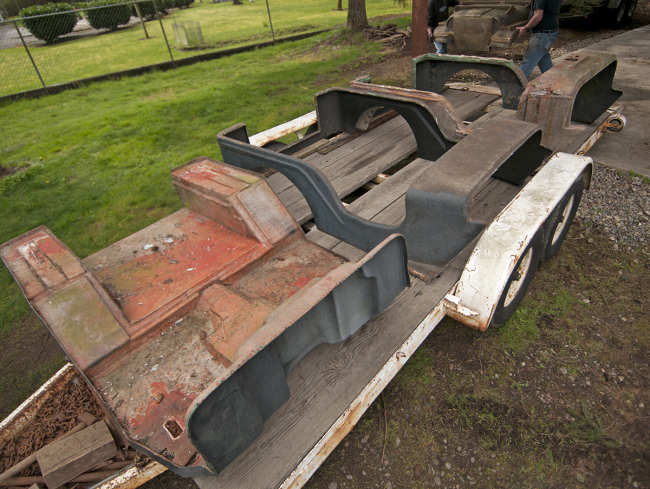
A Parkette racing shell mold sits in the middle. A CJ-3B shell is at the far side. A floor is shown in the foreground (I believe that’s a 3B floor).
Continue reading →


